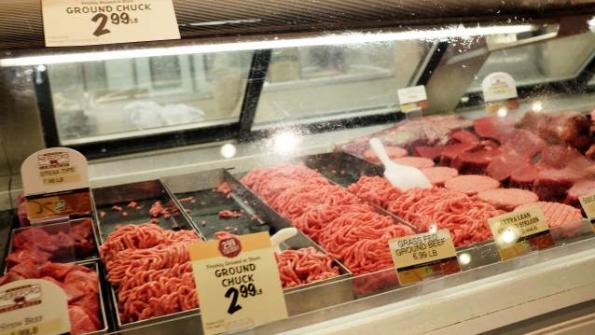Prominent scientists scold cancer research as outmoded
October 26, 2016

"This hazard-identification only process places chemicals with widely differing potencies and very different modes of action into the same category," according to Alan Boobis, a professor in the Department of Medicine at the Imperial College London. "The consequences are unnecessary health scares and unnecessary diversion of public funds."
He’s referring to the outmoded hazard-based process of evaluating cancer risk in humans used by the International Agency for Cancer Research (IARC) and the United Nations Global Harmonized System for Classification and Labeling (GHS). Boobis is one of 10 prominent experts in toxicology, oncology, pharmacology, biology, endocrinology, genetics and related disciplines who recently published their views in the official journal of the International Society for Regulatory Toxicology and Pharmacology.
Readers may remember last year when the IARC released a controversial report that classified just about everything, including the air you breath, as a cancerous agent. That report was largely debunked, but the mere fact that it's still out there looms large for many, including the beef business.
Importantly to you and your business, the authors note application of these outmoded approaches and classification schemes can lead to unfounded public concerns and reactionary public policies, for example, inappropriately placing consuming red meat in the same category as exposure to mustard gas.

70+ photos showcasing all types of cattle nutrition
Readers share their favorite photos of cattle grazing or steers bellied up to the feedbunk. See reader favorite nutrition photos here.
The commentary recommends updating evaluation approaches by these and other international governmental organizations to utilize internationally accepted methodologies already used by many government regulatory bodies for cancer risk assessment. These approaches use existing consensus-based frameworks including those of the World Health Organization's International Programme on Chemical Safety (IPCS).
"Advances in the science of risk assessment and chemical risk management are not reflected in the outmoded IARC hazard-only evaluation approach," says former U.S. EPA Senior Science Advisor Rita Schoeney. "U.S. EPA and other regulatory groups apply the most comprehensive and up-to-date approaches to their assessments in support of risk management decisions. This ensures that chemicals potentially toxic to humans are identified and exposure is minimized before adverse health effects are seen in populations."
The authors note the continued use of outmoded hazard-only identification schemes also have serious consequences for society.
"Health scares triggered by recently published IARC reports have resulted in governments and public agencies responding with costly supplemental reviews and, in some cases, restrictions or bans on products which had significant public benefits," says Timothy Pastoor, a former industry senior scientist. "By promoting and defending this solely hazard-based approach, society loses important tools and often replaces them with less effective, sometimes more toxic alternatives with no basis in sound science."
The authors conclude that hazard-only based research plays a role in risk assessment but is inadequate to guide appropriate risk management decisions. The authors urge the adoption of modern strategies that combine hazard and risk characterization to avoid unintended consequences of manufactured health scares, incurring unnecessary costs and diversions of public funds.
You might also like:
4 questions to ask before marketing 2016 calves
Seven keys to ranch profitability
Burke Teichert's top 5 tips on bull selection
4 tips for grazing corn stalks this fall
3 keys to success in family ranching business
Stunning fall snapshots from the ranch
You May Also Like


.png?width=300&auto=webp&quality=80&disable=upscale)
